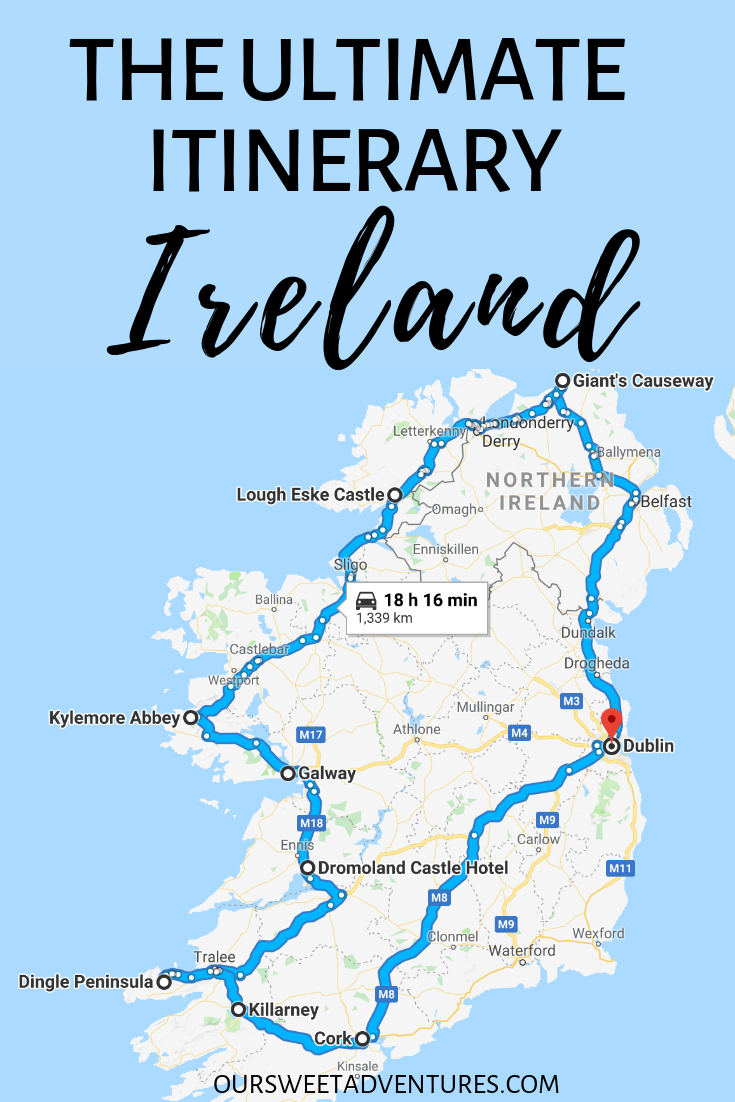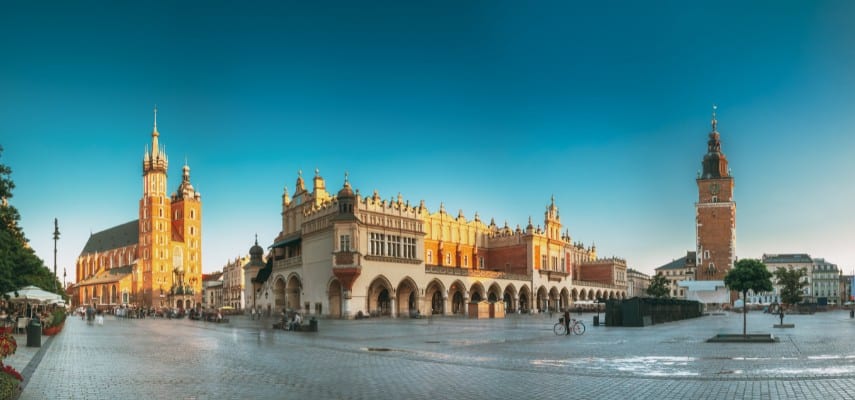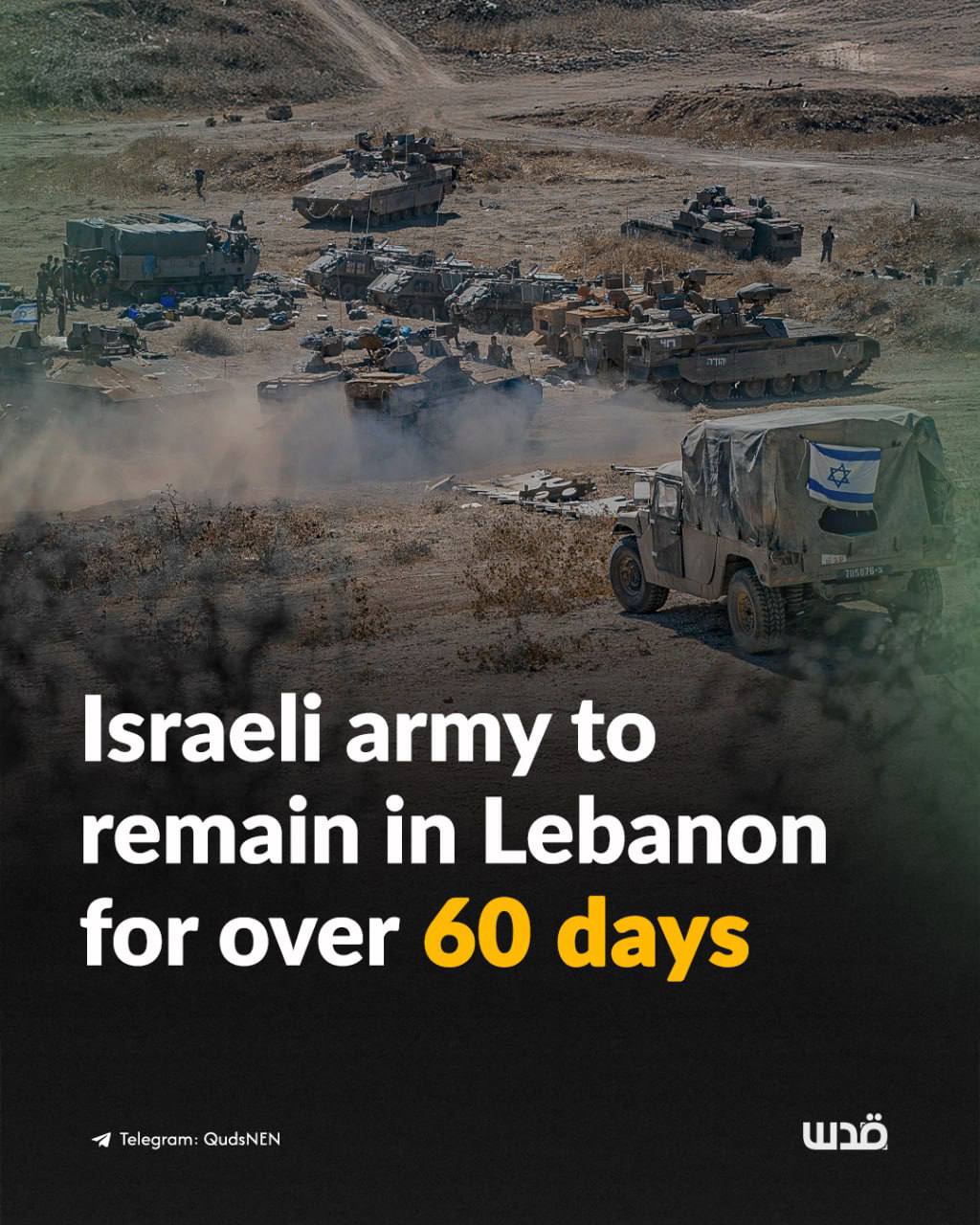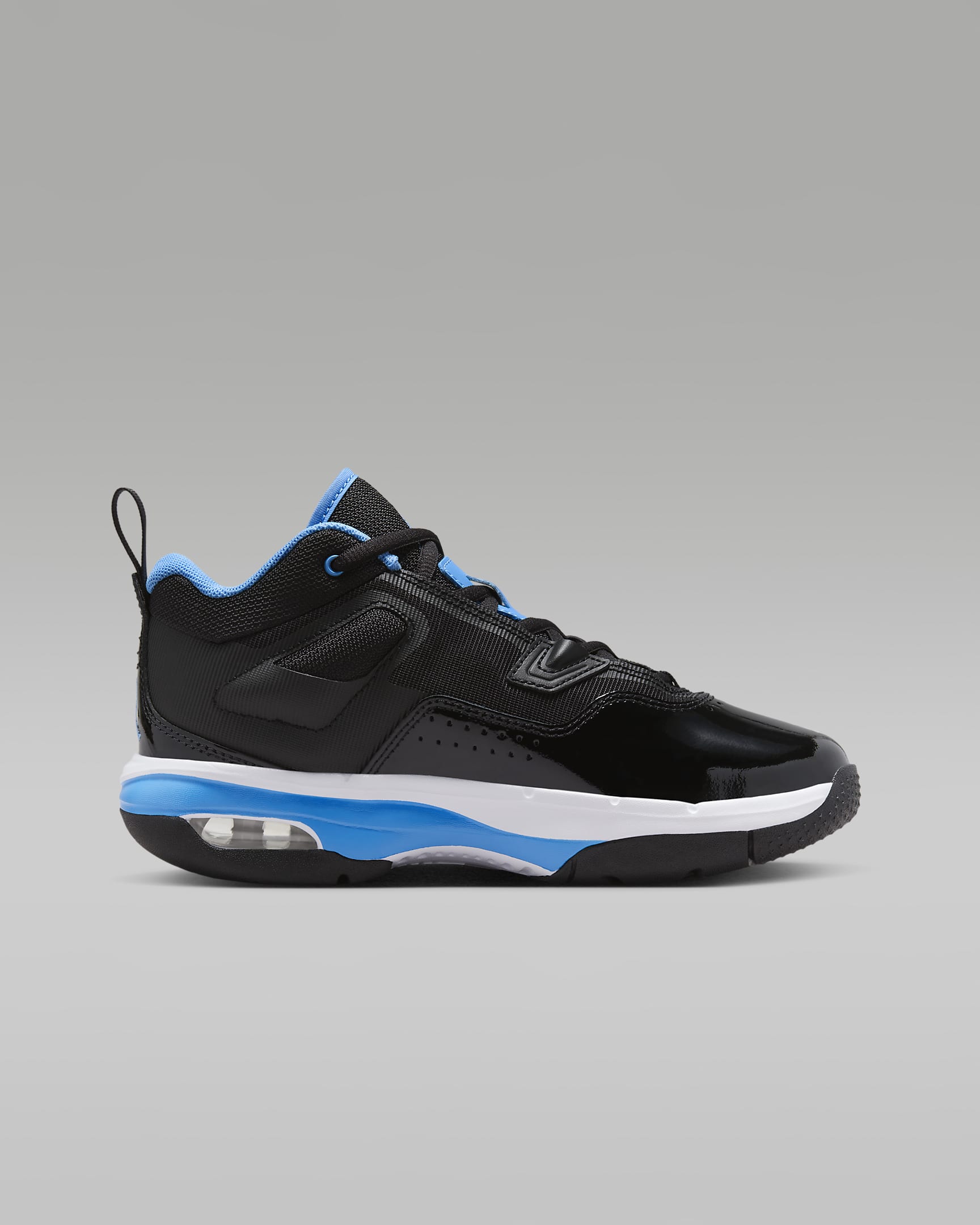
Ireland, the "Emerald Isle," is a land steeped in myth and legend, where ancient history whispers from every castle ruin, and vibrant culture pulses in every lively pub. From its dramatic coastlines and rolling green hills to its bustling cities and charming villages, Ireland offers an unforgettable travel experience. This comprehensive guide will walk you through everything you need to know to plan your dream trip, covering its top attractions, rich history, essential travel tips, accommodation options, transportation, and the best time to visit.
Planning Your Irish Adventure: The Essentials
Before you even book your flights, a little preparation goes a long way.

Related Articles about The Emerald Isle Beckons: Your Comprehensive Guide to Traveling Ireland:
- Uzbekistan: A Jewel of the Silk Road, Waiting to Be Discovered
- Hanoi: A Journey Through Time and Taste
- Hong Kong: A Symphony of Skyscrapers, Serenity, and Sights
- Ho Chi Minh City: A Symphony of Saigon’s Spirit – Your Ultimate Travel Guide
- Land of a Thousand Lakes and Northern Lights: Unveiling Finland’s Top Attractions
- Visa and Entry Requirements: Ireland is part of the European Union, but not the Schengen Area. US, Canadian, Australian, and New Zealand citizens typically do not require a visa for stays up to 90 days. UK citizens can travel freely. Always check the official Irish immigration website for the most up-to-date requirements based on your nationality.
- Currency: The currency in the Republic of Ireland is the Euro (€). In Northern Ireland (which is part of the UK), it’s the British Pound (£). If you plan to visit both, be mindful of this.
- Language: English and Irish (Gaeilge) are the official languages. While Irish is visible on road signs and taught in schools, English is universally spoken. Learning a few Irish phrases ("Dia dhuit" – hello, "Go raibh maith agat" – thank you) will always be appreciated.
- Connectivity: Wi-Fi is widely available in hotels, B&Bs, cafes, and pubs. Consider purchasing a local SIM card upon arrival for affordable data and calls, or check international roaming options with your home provider.
- Budgeting: Ireland can be moderately expensive, especially in Dublin. Budget roughly €70-€150+ per person per day for accommodation, food, attractions, and transport, depending on your style of travel.
Best Time to Visit Ireland: Embracing the Seasons
Ireland’s weather is famously unpredictable, but each season offers a unique charm.

- Spring (March-May): This is arguably one of the best times to visit. The landscape bursts into vibrant green, flowers bloom, and temperatures are mild (10-15°C/50-59°F). Crowds are smaller than in summer, and prices can be more reasonable. St. Patrick’s Day in March is a major highlight, offering a lively cultural experience.
- Summer (June-August): The most popular time to visit, offering the warmest temperatures (15-20°C/59-68°F) and longest daylight hours. This is ideal for exploring the coastlines and enjoying outdoor activities. However, attractions are more crowded, and accommodation prices peak. Book well in advance.
- Autumn (September-November): Another fantastic shoulder season. The vibrant autumn foliage paints the landscapes in fiery hues, and the weather remains relatively mild (10-15°C/50-59°F) in early autumn. Crowds thin out, and there’s a cozy atmosphere in pubs as evenings draw in. Late autumn can bring more rain and cooler temperatures.
- Winter (December-February): The quietest season, offering a more introspective and authentic experience. Temperatures are cool (5-10°C/41-50°F), and days are short, but the landscape can be dramatically beautiful. Christmas markets and cozy pub fires are highlights. Many smaller attractions or tour operators may have reduced hours or close entirely, especially in rural areas.
Recommendation: For the best balance of good weather, fewer crowds, and reasonable prices, consider the shoulder seasons of late Spring (April-May) or early Autumn (September-early October).
Getting There: Your Gateway to the Emerald Isle
Ireland is well-connected internationally.
-
By Air:
- Dublin Airport (DUB): The largest and busiest airport, serving a vast network of international flights from North America, Europe, and beyond. It’s the primary entry point for most visitors.
- Shannon Airport (SNN): Located on the west coast, Shannon offers direct flights from some North American and European cities, making it a convenient option if you plan to start your trip in the west.
- Cork Airport (ORK): Serving the south, Cork offers flights to various European destinations and is a good option if your itinerary focuses on the south of Ireland.
- Belfast International Airport (BFS) / George Best Belfast City Airport (BHD): If you’re flying into Northern Ireland, these airports serve the region.
-
By Ferry: For those traveling from the UK or mainland Europe with a car, ferries operate regularly to ports like Dublin, Rosslare, and Cork from various UK and French ports.
Getting Around Ireland: Navigating the Green Roads
Once you’re in Ireland, you have several options for getting around.
- Rental Car:
- Pros: Offers the ultimate flexibility to explore rural areas, drive the Wild Atlantic Way, and discover hidden gems at your own pace.
- Cons: Driving is on the left-hand side of the road, which can be challenging for some. Roads outside major cities can be narrow and winding. Insurance (including excess waivers) can be expensive, and fuel costs are high. Parking in cities can be difficult and costly.
- Tips: Book well in advance, especially in peak season. Opt for a smaller car if possible. Familiarize yourself with Irish road signs. Get full insurance coverage.
- Buses:
- Bus Éireann: The national bus service, offering an extensive network connecting cities, towns, and many rural areas. It’s an affordable way to travel, though journey times can be longer than by car.
- Private Operators: Companies like Aircoach and GoBus offer direct, comfortable services between Dublin Airport and major cities like Dublin city center, Cork, and Galway.
- Trains (Irish Rail):
- Pros: Comfortable, scenic, and efficient for inter-city travel (e.g., Dublin to Cork, Galway, Limerick).
- Cons: The rail network is less extensive than the bus network, particularly in the west and north-west. It doesn’t reach many smaller towns or tourist attractions.
- Taxis & Ride-Sharing: Available in major cities like Dublin, Cork, and Galway. Uber operates in some areas, but local taxi apps are also popular.
- Guided Tours: For those who prefer not to drive or plan extensive logistics, numerous tour operators offer multi-day itineraries and day trips covering popular attractions. This is a stress-free way to see the highlights, often with insightful local commentary.
Accommodation Options: From Castles to Cottages
Ireland offers a diverse range of accommodation to suit every budget and travel style.
- Hotels: From luxurious five-star establishments in Dublin to charming boutique hotels in regional towns, you’ll find a wide selection. Major international chains are present, as are unique Irish-owned properties.
- Bed & Breakfasts (B&Bs) / Guesthouses: This is the quintessential Irish accommodation experience. Often family-run, B&Bs offer warm hospitality, a hearty Irish breakfast, and invaluable local advice. They range from simple and cozy to elegant and luxurious. Highly recommended for an authentic experience.
- Self-Catering: Renting an apartment, cottage, or an entire house (often referred to as "holiday homes") is an excellent option for families, groups, or longer stays. It provides flexibility and the opportunity to cook your own meals. Websites like Airbnb, Booking.com, and local agencies offer many choices.
- Hostels: For budget-conscious travelers and backpackers, hostels are plentiful, especially in cities and popular tourist areas. Many offer private rooms in addition to dorms, and often have communal kitchens and social spaces.
- Unique Stays: Ireland boasts some truly memorable options, including staying in a historic castle, a lighthouse, or even glamping pods in scenic locations.
Unveiling Ireland’s Rich History: A Journey Through Time
Ireland’s history is a tapestry woven with ancient legends, invasions, resilience, and a deep sense of identity. Understanding its past enhances any visit.
- Ancient Ireland (Pre-Celtic to Early Christian): Evidence of human habitation dates back thousands of years. The arrival of the Celts around 500 BC brought language, art, and mythology. Early Christian saints like St. Patrick (5th century AD) transformed the island, leading to a Golden Age of monastic scholarship and illuminated manuscripts. Sites like Newgrange (3200 BC) and monastic settlements like Glendalough showcase this era.
- Viking Invasions & Norman Conquest (8th-12th Centuries): Vikings raided and then settled, founding many of Ireland’s major cities like Dublin, Waterford, and Limerick. The Norman invasion in 1169 marked the beginning of centuries of English involvement and eventual dominance.
- English Rule & Resistance (12th-19th Centuries): For centuries, Ireland struggled under English rule. Plantations, religious persecution (Penal Laws), and a series of rebellions (e.g., 1798 Rebellion) defined this period. The Great Famine (An Gorta Mór) of the 1840s, caused by potato blight exacerbated by British policies, led to mass emigration and a drastic population decline, leaving an indelible mark on the national psyche.
- Struggle for Independence & Partition (Early 20th Century): The Easter Rising of 1916 and the subsequent War of Independence (1919-1921) led to the Anglo-Irish Treaty, establishing the Irish Free State (later the Republic of Ireland) but also partitioning the island, creating Northern Ireland (remaining part of the UK).
- The Troubles (Late 20th Century): Northern Ireland experienced decades of sectarian conflict between unionists (largely Protestant, wanting to remain with the UK) and nationalists (largely Catholic, wanting a united Ireland). The Good Friday Agreement in 1998 largely brought an end to this period of violence.
This history is not just in books; it’s etched into the landscapes, castles, museums, and the very spirit of the Irish people.
Top Attractions: A Journey Through the Emerald Isle
Ireland offers an incredible array of attractions, from ancient wonders to vibrant cultural hubs.
Dublin & The East
- Trinity College & The Book of Kells: Dublin’s oldest university, home to the breathtaking Long Room library and the illuminated manuscript masterpiece, the Book of Kells.
- Guinness Storehouse: An interactive journey through the history and making of Ireland’s iconic stout, culminating in a pint at the panoramic Gravity Bar.
- Dublin Castle: A complex of government buildings, gardens, and museums, tracing centuries of Irish history from Viking settlement to British rule.
- Kilmainham Gaol: A former prison offering a poignant insight into Ireland’s struggle for independence. A powerful and moving experience.
- St. Patrick’s Cathedral: Ireland’s largest church, with a history dating back to 1191.
- Boyne Valley (Newgrange & Knowth): A UNESCO World Heritage site featuring monumental passage tombs older than the pyramids, dating back over 5,000 years. A profound historical experience.
- Wicklow Mountains National Park: Known as the "Garden of Ireland," offering stunning scenery, hiking trails, and the ancient monastic settlement of Glendalough.
The South & South West
- Blarney Castle & Stone: Kiss the famous Blarney Stone to gain the "gift of the gab" (eloquence). Explore the castle and its beautiful gardens.
- Rock of Cashel: A spectacular collection of medieval buildings atop a limestone outcrop, including a cathedral, chapel, and round tower.
- Ring of Kerry: A world-famous scenic driving route (179km/111 miles) around the Iveragh Peninsula, boasting dramatic coastal views, charming villages, and ancient sites.
- Killarney National Park: Home to stunning lakes, mountains, woodlands, and historic Muckross House and Gardens. Perfect for hiking, cycling, and boat trips.
- Dingle Peninsula: A rugged, Irish-speaking (Gaeltacht) peninsula with breathtaking coastal drives, archaeological sites, and the charming town of Dingle.
The West & North West
- Cliffs of Moher: Ireland’s most visited natural attraction. These majestic cliffs rise dramatically 214 meters (702 feet) from the Atlantic Ocean, offering spectacular views.
- Galway City: A vibrant, bohemian city known for its lively arts scene, traditional music, colorful streets, and proximity to the Aran Islands and Connemara.
- Aran Islands: Three rugged islands off the coast of Galway, where Irish is still the primary language, offering a glimpse into traditional Irish life, ancient forts (like Dún Aonghasa), and unique landscapes.
- Connemara National Park: A wild and beautiful region of mountains, bogs, lakes, and coastline, perfect for hiking and scenic drives. Kylemore Abbey is a stunning landmark here.
- The Wild Atlantic Way: Not a single attraction but a spectacular 2,500km (1,553 miles) coastal driving route stretching from Donegal to Cork, encompassing many of the west coast’s most famous sights.
Northern Ireland (Briefly Mentioned for Comprehensive Travel)
- Giant’s Causeway: A UNESCO World Heritage site of interlocking basalt columns, a result of ancient volcanic activity (or a legendary giant!).
- Belfast: A city with a vibrant history, home to the Titanic Belfast museum, Crumlin Road Gaol, and murals reflecting its complex past.
Essential Travel Tips for a Seamless Trip
- Embrace the Weather: Irish weather is famously changeable. Pack layers, a waterproof jacket, and comfortable, waterproof shoes, regardless of the season. Sunscreen is also a good idea!
- Driving on the Left: If renting a car, remember to drive on the left-hand side of the road. Take your time, especially on narrower country lanes. Roundabouts are common.
- Pub Culture: Irish pubs are central to social life. They’re not just for drinking; they’re places for conversation, live music (trad sessions), and often serve excellent food. Don’t be afraid to strike up a conversation with locals.
- Tipping: Tipping is appreciated but not mandatory. For good service in restaurants, 10-15% is customary. For taxi drivers, round up the fare. For bar staff, it’s not generally expected unless you’ve received exceptional service.
- Power Adapters: Ireland uses Type G plug sockets (the same as the UK), with a voltage of 230V. Bring the appropriate adapter for your electronics.
- Stay Connected: Consider a local SIM card or an eSIM for easy navigation and communication. Google Maps and offline maps are invaluable.
- Book in Advance: Especially during peak season (June-August) or for popular attractions (e.g., Book of Kells, Kilmainham Gaol), book accommodation and tickets well in advance to avoid disappointment.
- Pace Yourself: Ireland has so much to offer, but don’t try to cram too much into one trip. Allow time to relax, soak in the atmosphere, and spontaneously explore.
- Respect Local Culture: The Irish are generally warm and welcoming. Be mindful of local customs, especially in rural areas or when discussing sensitive historical topics.
- Hydrate & Snack: Always carry water, especially when hiking. Pack some snacks for longer drives or walks, as amenities might be sparse in remote areas.
Conclusion: Your Irish Journey Awaits
Traveling to Ireland is more than just visiting a destination; it’s an immersion in a land of captivating beauty, ancient history, and unparalleled warmth. From the dramatic majesty of the Cliffs of Moher to the cozy charm of a traditional pub, from the echoes of ancient kings at Newgrange to the vibrant pulse of Dublin, every moment in Ireland promises a memory.
With careful planning, an open mind, and a willingness to embrace the unexpected, your trip to the Emerald Isle will undoubtedly be an experience that nourishes the soul and ignites the imagination. So pack your bags, prepare for a hearty "céad míle fáilte" (a hundred thousand welcomes), and get ready to fall in love with Ireland.





